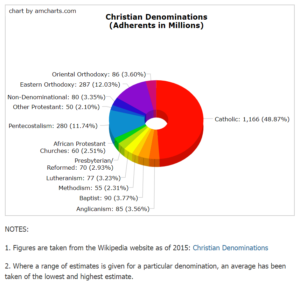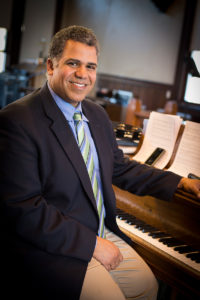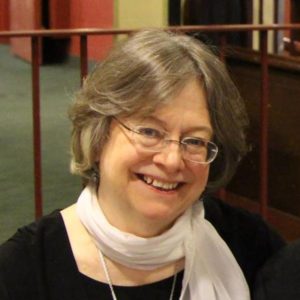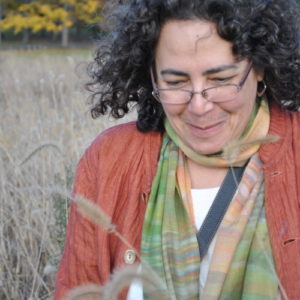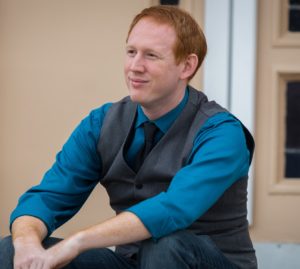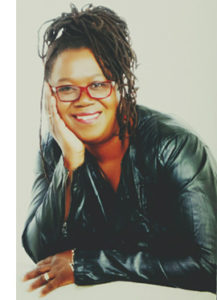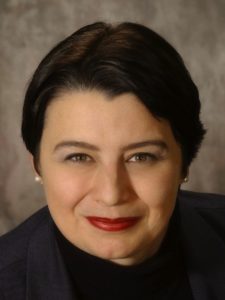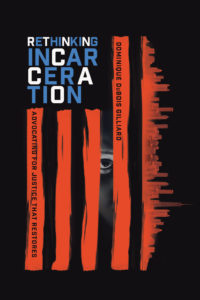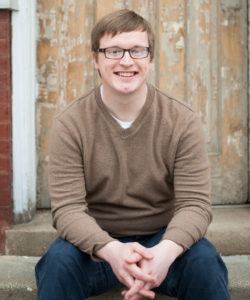Author – Ginny Chilton Maxwell is Music Minister at Church of the Ascension in Norfolk, Virginia, where she serves as organist, choirmaster, and elementary music teacher.
5 Benefits of Starting a “Family Choir”
When I took my most recent music ministry post, part of my job description was to start a children’s choir. At the time, the children’s music ministry had been on hiatus for almost a decade and the number of families with young children in the parish was dwindling. The ground did not feel particularly ripe for starting a children’s choir and the task felt daunting, to say the least. After much thought I decided to start what eventually became known as Family Choir. Family Choir is for children under age twelve with an accompanying adult. We practice once a week and the children sing for church about every other month. We sing traditional hymns as well as praise choruses, music you hear on Sunday morning as well as fun Sunday School songs with movements. The group is thriving, so below I’m sharing five benefits our community has experienced by starting a Family Choir. Please add your own thoughts in the comment section!
1. Families stay together
From my own experience and from talking with other parents of young children, I hear that families do not have enough quality activities that they can do with their children. Many families have two working parents, and it’s not always appealing to have yet another obligation that requires children to be separated and looked after by someone else. Parents are longing to bond with other parents and have quality time with their children in an atmosphere that welcomes children and takes their needs into account. At family choir, parents and grandparents share songs from their own childhoods with the children, and children share their favorite Vacation Bible School songs with their parent or grandparent.
2. Family choir is inter-generational
As congregation sizes shrink (especially in many mainline churches) it is no longer feasible to split a small number of people into a bunch of age groups. Even if it was possible, I believe part of our strength as faith communities is in our ability to form family-like bonds amongst each other, where people of all ages are loved and included. Americans are also living away from their extended families more than ever before; our churches have the unique opportunity to fill that void for people. Family choir is one way to form and maintain those loving bonds.
3. Family choir is not obsessed with numbers
Working in a church, I often find myself becoming obsessed with numbers. How many people were in worship this week? How many showed up for choir? It’s exhausting and it drains me of my love for ministry and music. The nice thing about Family Choir is that, with myself and two other adults who were excited about the group, we had critical mass almost right away. The adults added volume to the songs and their children added energy; with those things combined, our little community had life right from the start. With such a large age range–and always with at least one tiny child present (even infants!)–it doesn’t occur to us to be discouraged by who isn’t there. There is always joy when we are making music together!
There is always joy when we are making music together!
4. Families enjoy worship more
Sunday morning music at my particular mainline church can be hard to sing for a young child, especially one who cannot yet read! In Family Choir, children are able to hear more repetitions of the songs that come up in worship and thus are able to participate and enjoy more of what happens on Sunday mornings. That’s a win for the child’s engagement in worship as well as her family’s! Added bonus: so many young parents at my church are new to my denomination, or to church in general, and they also appreciate more chances to hear the music!
In Family Choir, children are able to hear more repetitions of the songs that come up in worship
5. Family choir has a broader reach
It is not necessary that Family Choir participants establish themselves first as regular attenders of your church’s worship service. It can be very intimidating to walk into a worship service for the first time, especially if you have children in tow. It can also be intimidating, as a church member, to invite a friend to church. Family choir is on a weeknight. There are often several stuffed animals present. It’s low pressure. You can come to Family Choir and get to know the inside of the church and the people who go there before you decide you’re ready to come on Sunday morning.
In these five ways–and I’m sure there are more–Family Choir is doing a great job of responding to my church’s challenges, which I know are challenges many churches are facing. Whatsmore, it is not just an honest response but a faithful one. So many times we look at what our church has and say, “But we used to have so much more….” I appreciate that Family Choir celebrates what we do have. God is still very much alive in every person, in every moment. It’s an amazing thing and it’s worth jumping for joy over. Family Choir has helped me remember that!
For more blogs by Ginny and our other writers, go to our main blog page: https://congregationalsong.org/conversations/blog-connections/


